
The South African Railways Class 8X 2-8-0 of 1901 was a steam locomotive from the pre-Union era in the Cape of Good Hope.

The South African Railways Class 8 4-8-0 of 1902 was a steam locomotive from the pre-Union era in the Cape of Good Hope.

The South African Railways Class 7A 4-8-0 of 1896 was a steam locomotive from the pre-Union era in the Cape of Good Hope.
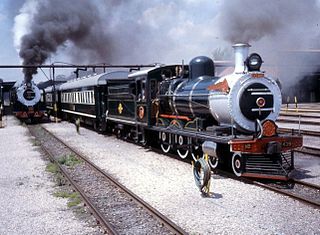
The South African Railways Class 6 4-6-0 of 1893 was a steam locomotive from the pre-Union era in the Cape of Good Hope.
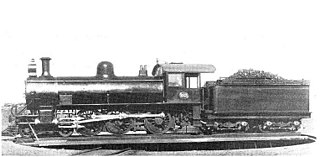
The South African Railways Class 6G 4-6-0 of 1901 was a steam locomotive from the pre-Union era in the Cape of Good Hope.

The South African Railways Class 6K 4-6-0 of 1901 was a steam locomotive from the pre-Union era in the Cape of Good Hope.

The South African Railways Class 6Z 2-6-4 of 1901 was a steam locomotive from the pre-Union era in the Cape of Good Hope.

The South African Railways Class 5A 4-6-2 of 1903 was a steam locomotive from the pre-Union era in the Cape of Good Hope.

The South African Railways Class Experimental 4 2-8-2 of 1903 was a steam locomotive from the pre-Union era in the Cape of Good Hope.

The Cape Government Railways 2nd Class 4-4-0T of 1882 was a South African steam locomotive from the pre-Union era in the Cape of Good Hope.

The Cape Government Railways 1st Class 4-4-0T of 1875 was a South African steam locomotive from the pre-Union era in the Cape of Good Hope.
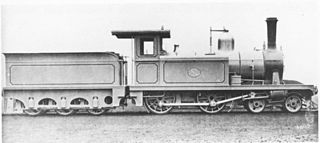
The Cape Government Railways 1st Class 4-4-0TT of 1881 was a South African steam locomotive from the pre-Union era in the Cape of Good Hope.

The Cape Government Railways 3rd Class 4-4-0 of 1883 was a South African steam locomotive from the pre-Union era in the Cape of Good Hope.

The Cape Government Railways 3rd Class 4-4-0 of 1898 was a South African steam locomotive from the pre-Union era in the Cape of Good Hope.
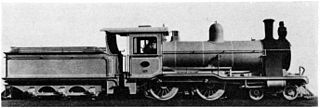
The Cape Government Railways 3rd Class 4-4-0 of 1903 was a South African steam locomotive from the pre-Union era in the Cape of Good Hope.

The Cape Government Railways 4th Class 4-4-2 of 1897 was a South African steam locomotive from the pre-Union era in the Cape of Good Hope.
The South African Railways Class 8R 4-8-0 of 1930 was a steam locomotive.

The South African type YE tender was a steam locomotive tender from the pre-Union era in the Cape of Good Hope.
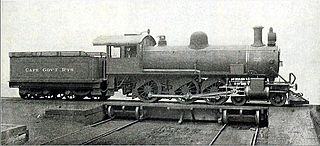
The South African type WE tender was a steam locomotive tender from the pre-Union era in the Cape of Good Hope.

The South African type WG tender was a steam locomotive tender from the pre-Union era in the Cape of Good Hope.




















